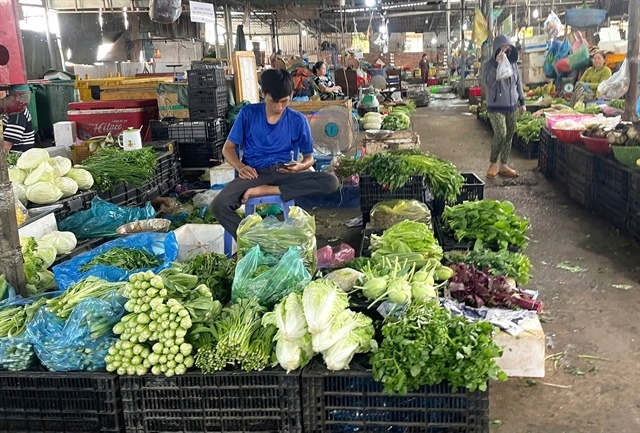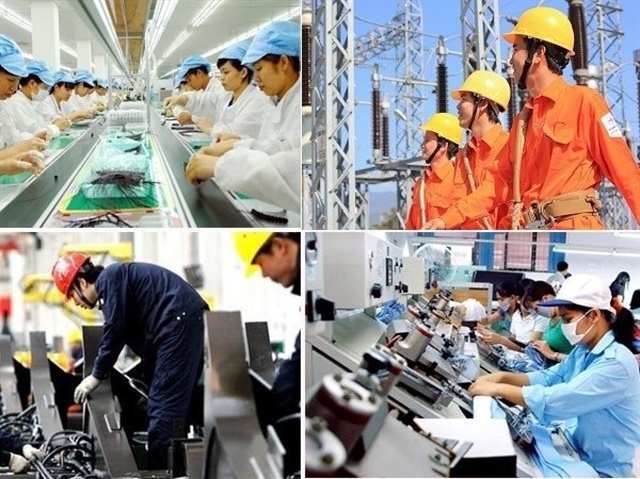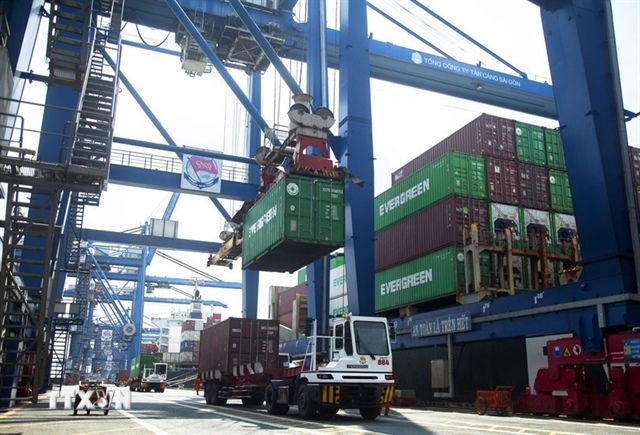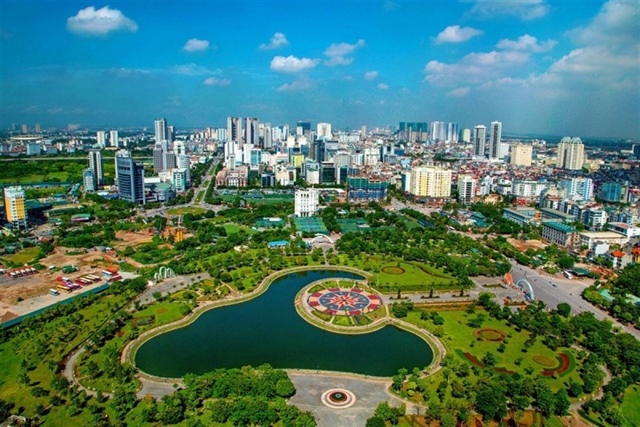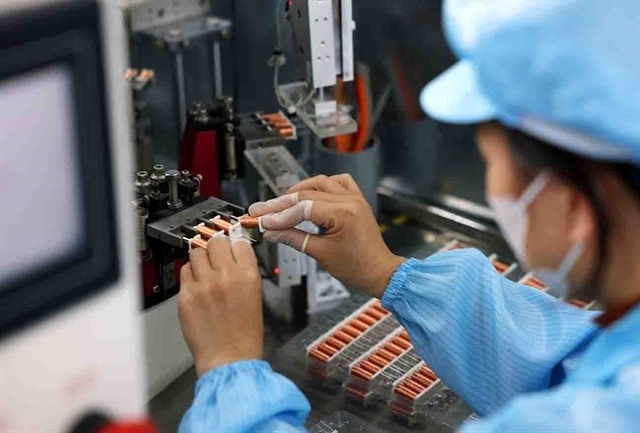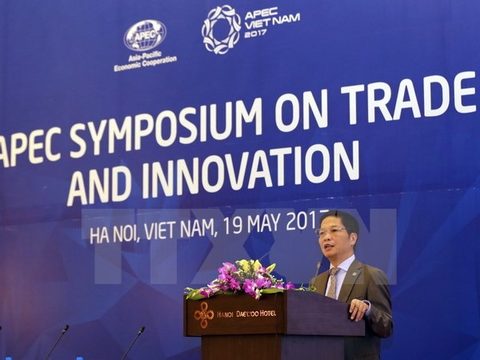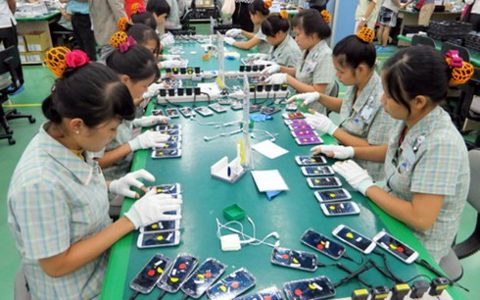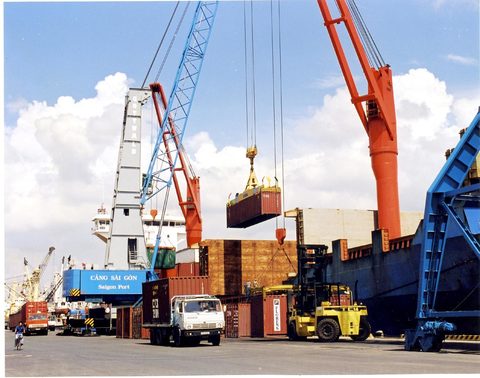China promises profit for One Belt, One Road support
China promises profit for One Belt, One Road support
China’s One Belt, One Road initiative is going to be of great importance to this nation’s presence in the region, and China is promising that ASEAN companies, including Vietnamese ones, will enjoy plenty of benefits by deepening their participation in the link between Asia, Africa, and Europe.
Infrastructure to be China’s signature export
It is not a coincidence that the high-speed rail was chosen as the first and main mode of transportation for a press trip regarding China’s One Belt, One Road (OBOR) initiative. The 10-day trip included reporters from 10 ASEAN nations and tours of Hunan and Jiangxi.
The distance between Guangzhou and Hunan is 800 kilometres. The high-speed train, at full capacity, can travel 300km per hour – and this is not even China’s newest high-speed passenger train. At the end of December, China opened the Shanghai-Kunming high-speed rail linking the prosperous east with the disadvantaged southwest.
According to CRRC Corporation, the 2,252km long Shanghai-Kunming rail link is one of the longest in the world, passing through the five provinces of Zhejiang, Jiangxi, Hunan, Guizhou, and Yunnan. Its maximum velocity of 330km per hour reduces the journey from Shanghai to Kunming from 34 to 11 hours.
The quality and punctuality of China’s high-speed rail system is comparable to systems in Europe and Japan.
In only one decade, the country has built more than 20,000km of high-speed rail lines, connecting the majority of Chinese urban areas. China’s experience in high-speed locomotives has led them to choose it as their national symbol, to be highlighted as a product that the country can export to the rest of world.
CSR Zhuzhou Electric Locomotive Co., Ltd., one of the subsidiaries of CRRC, which supplies carriages and locomotives, is targeting ASEAN members and countries in the OBOR region specifically. The company’s first export order was in 1997, and its products are now present in over 30 nations worldwide. In Southeast Asia, the company has built a strong presence in Malaysia. Its success here has helped CRRC to win building contracts for the 350km high-speed rail linking Kuala Lumpur of Malaysia to Singapore.
Because the Trans-Asia rail link between Singapore and Kunming passes through Vietnam, it is a market that infrastructure and locomotive companies in China have their eye on.
Before Vietnamese President Tran Dai Quang visited China recently, local government agencies received proposals from CRRC, in which the company expressed its desire to help Vietnam finance and solve technical problems in various rail projects – specifically the Yen Vien-Pha Lai-Halong-Cai Lan project, the Lao Cai-Hanoi-Haiphong project, the Saigon-Moc Bai project, and the high-speed North-South railway. These projects can potentially be connected to the Trans-Asia rail system that China and other regional countries are working to build.
Promise of win-win
Authorities and companies in Hunan and Jiangxi have been preparing for exponential growth when the 21st century Silk Road project is finished. Products that will be transported on this road are mainly pieces of heavy industrial equipment and made in China.
Chinese companies and investors in the OBOR region are eligible for preferential financing from the Asian Infrastructure Investment Bank (AIIB). More than a year since its establishment, AIIB, with total capital of $100 billion – of which China has contributed $50 billion – has lent $1.73 billion to nine projects in the public and private sectors. Countries in the OBOR region expect that the bank will also accelerate lending to investors in the private sector for large infrastructure projects.
China confirms that companies from all nations involved will benefit from OBOR, and trade between China and other nations will be balanced and equitable.
The Chinese Ambassador in Vietnam, Hong Xiaoyong, said that the OBOR initiative is in line with the aim of the Master Plan on ASEAN Connectivity 2025, issued by the governments of the Asean members in September 2016.
The plan targets a seamless, and comprehensively connected ASEAN that will promote competitiveness, inclusiveness, and a greater sense of community through physical, institutional, and people-to-people connectivity.
“This is what all countries in the region are targeting and is inevitable for sustainable growth,” Xiaoyong said.
There are ASEAN companies that have achieved a lot of success in China. Thai company Charoen Pokphand is one of them. As one of the first companies to invest in China’s animal feed industry, the company has invested a total of RMB100 billion ($14.5 billion) there, and has built 300 facilities.
Vithit Powattanasuk, director of the Information and Public Relations Division of the ASEAN-China Centre, said the initiative would give ASEAN companies a chance to access the 1.4 billion people in the Chinese market.
“China has policies to support foreign firms that join in the project and it is up to the companies to make the most out of this chance,” he said.
The OBOR initiative is set to reach 65 countries and 4.4 billion people. These countries account for 30 per cent of global GDP, and constitute one third of all global trade.


